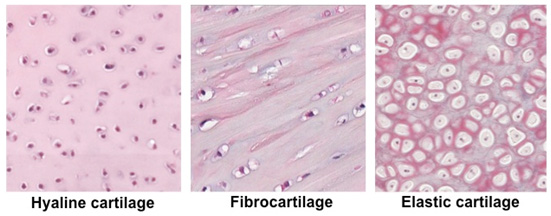These glands keep your skin soft with oily secretions, but they ghost your palms and soles.
sebaceous glands
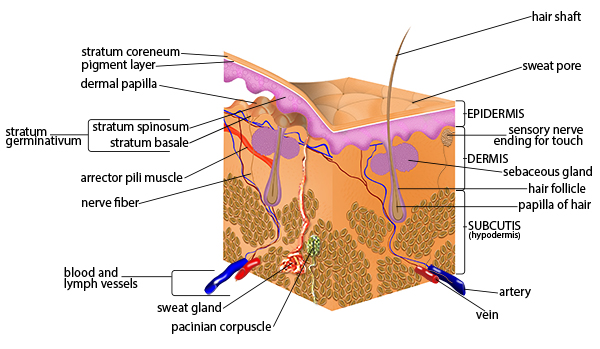
What type of epithelium do nails consist of?
keratinized stratified squamous epithelium
Is the hypodermis part of the skin?
NO
BONUS: What are the two components of skin?
This tissue fakes being layered—classic catfish behavior—with nuclei at different levels.
Pseudostratified columnar epithelium
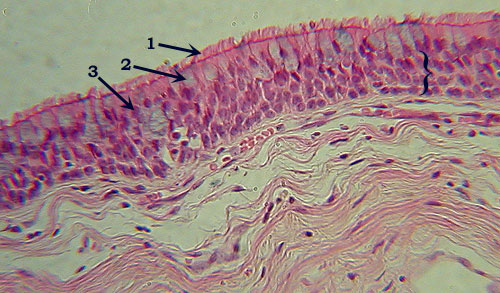
BONUS: what kind of cells can you find here
BONUS: think where can you find this tissue and whats its function
This fat-filled tissue is cozy, warm, and basically your body’s built-in winter coat.
adipose tissue
These sweat glands are everywhere and play it cool—literally—by opening directly to the skin surface.
eccrine glands
What are the layers of the dermis and what type of connective tissue is found in each?
Papillary layer - Loose connective tissue
Reticular layer - Dense irregular connective tissue
What is the main difference between apocrine and eccrine sweat glands? Which gland is the most prevalent in the human body?
Eccrine - Sweat exits the gland through a duct that passes from the dermis into the epidermis
Apocrine - Sweat is released into a hair follicle, not a pore
Eccrine is the most prevalent in the human body.
What are the layers of the epidermis in the antebrachal region from most superficial to most deep?
Stratum corneum, stratum granulosum, stratum spinosum, stratum basale
BONUS: Which layer is missing? And where is it found?
BBOONNUUSS: All cells in the epidermis come from the mitotic activity of cells in this layer. Which one is it?
This tissue handles stress like a champ, with parallel collagen fibers that hold muscles and bones together.
- in a layer of epithelium!
Dense Regular Connective Tissue
BONUS: what layer of epithelium was I talking about? (hint: this ones full of glands) 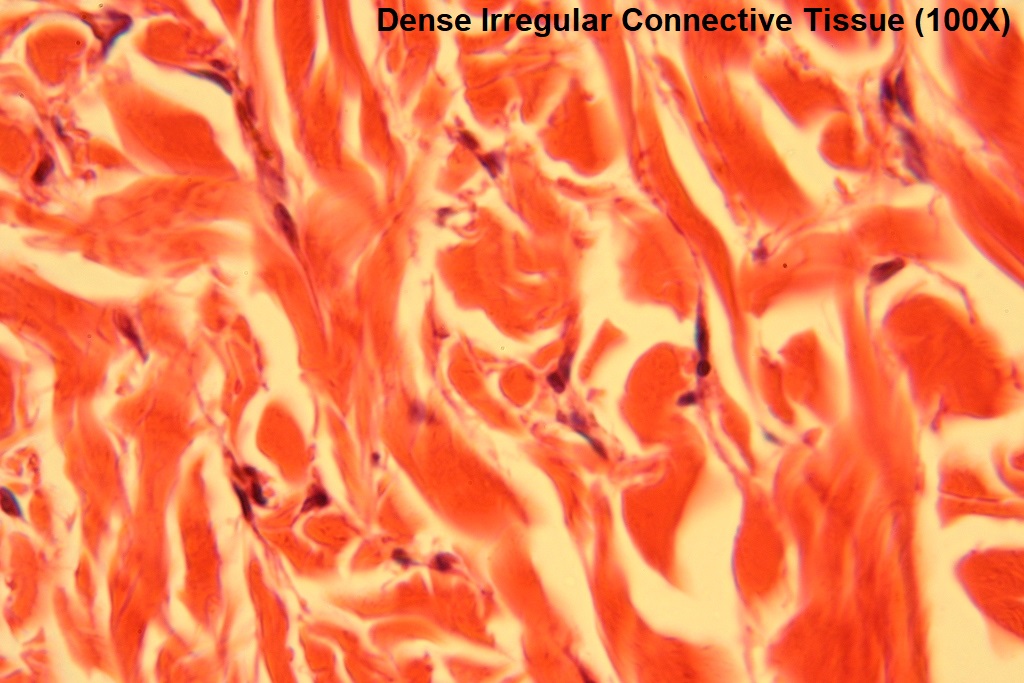
These sweat glands show up in your armpits and groin, develop at puberty, and frankly just love drama.
apocrine glands
LABEL DOS

Hair Shaft Sebaceous Gland
Hair Bulb Arrector Pilli Muscle
Hair Root
Connective Tissue Sheath
Hair Papilla
BONUS: Which structure contains cells that are all dead?
This protein makes your skin tough, water-resistant, and perfect for surviving minor scrapes and bad Tinder dates.
keratin
Which layer of the epidermis is the thickest?
This loose connective tissue is like a bubble wrap for organs—cushiony, protective, and underrated.
-also found in a layer of epithelium!
areolar connective tissue
BONUS: what layer of epithelium was I talking about ?? hint (not the top layer)
This is the oily product sebaceous glands make—a natural moisturizer that your skincare routine can only dream of.
sebum
This layer of the dermis contains fingerprint-forming ridges and is great at saying “I touched that.”
papillary dermis
BONUS: what receptors did the question refer to ( light touch sensitive)
This layer of skin is clear, rare, and found only on palms and soles—basically the VIP section.
stratum lucidum
I’m a cell found in the stratum basale. I produce pigment that protects your DNA from UV rays (and bad summer decisions). And lowkey contribute to your freckles and glow-up.
melanocyte
BONUS: whats the pigment called ??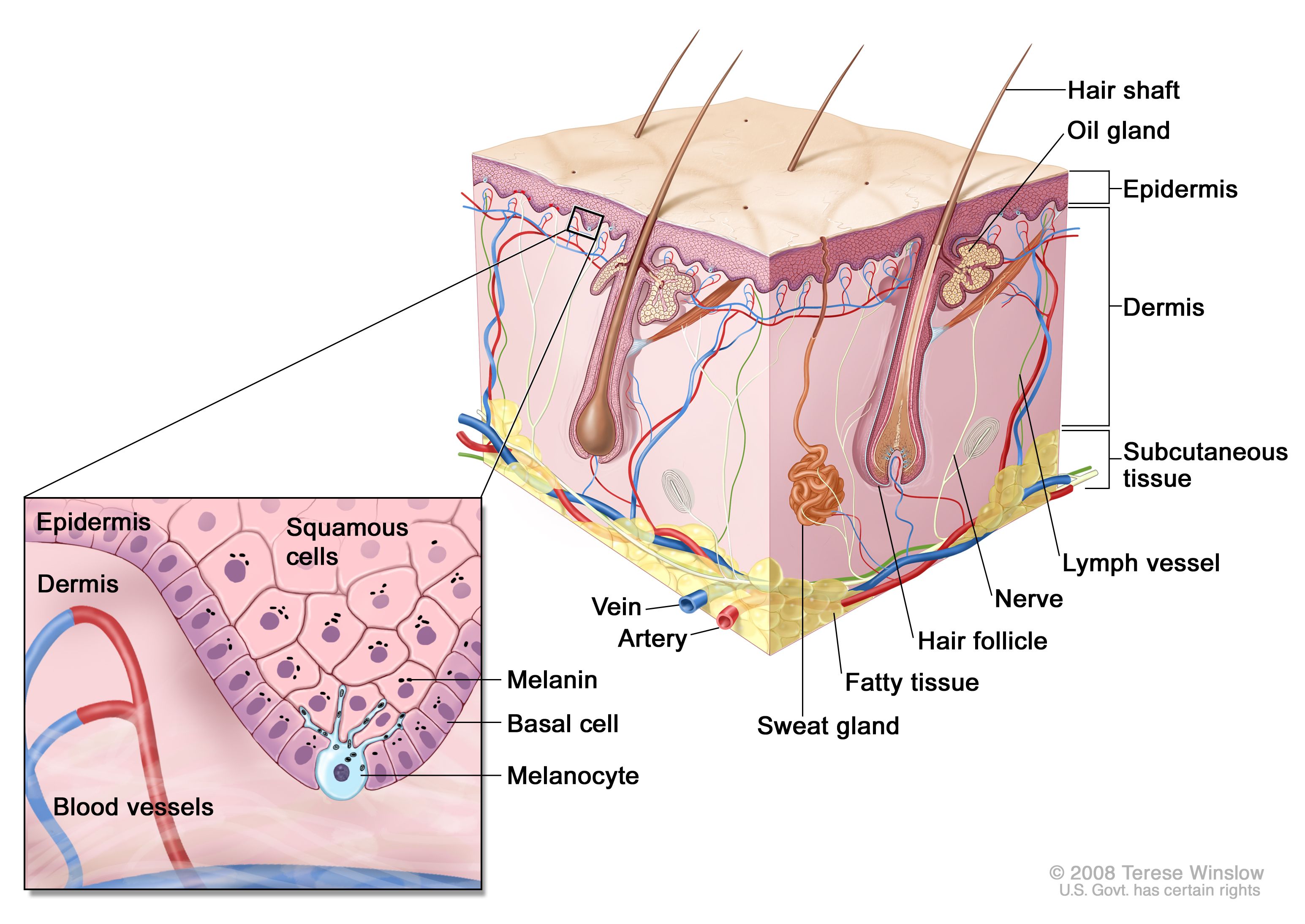
This cartilage is great at shock absorption and can be found in intervertebral discs—spine MVP.
Fibrocartilage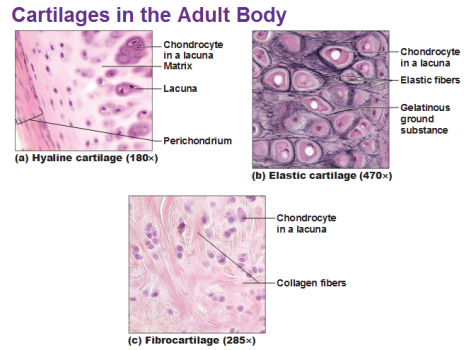

What are the FOUR types of sweat glands?
Eccrine, apocrine, ceruminous, mammary
These little muscle bands make your hair stand up when you’re cold—or when your crush texts back.
arrector pili muscle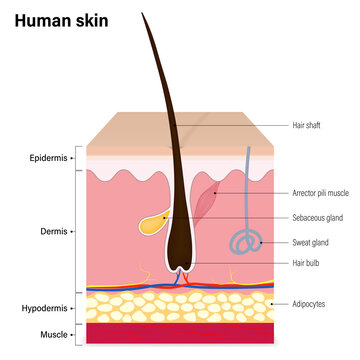
These cells make melanin and keep your DNA safe from UV rays (and bad summer decisions).
melanocytes
This deep-pressure detective hides in the dermis, responds to intense pokes and vibrations, and honestly just wants you to stop leaning on your elbows for 3 hours straight.
Pacinian corpuscle (a.k.a. lamellar corpuscle)
This tissue is rich in elastic fibers and helps arteries bounce back—literally.
elastic connective tissue